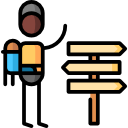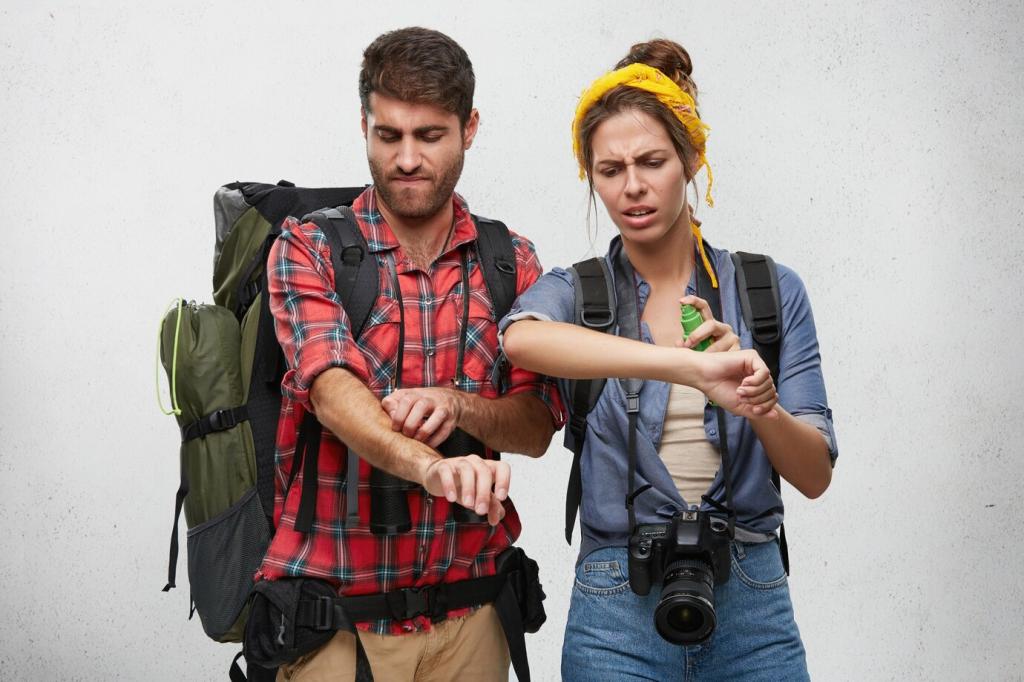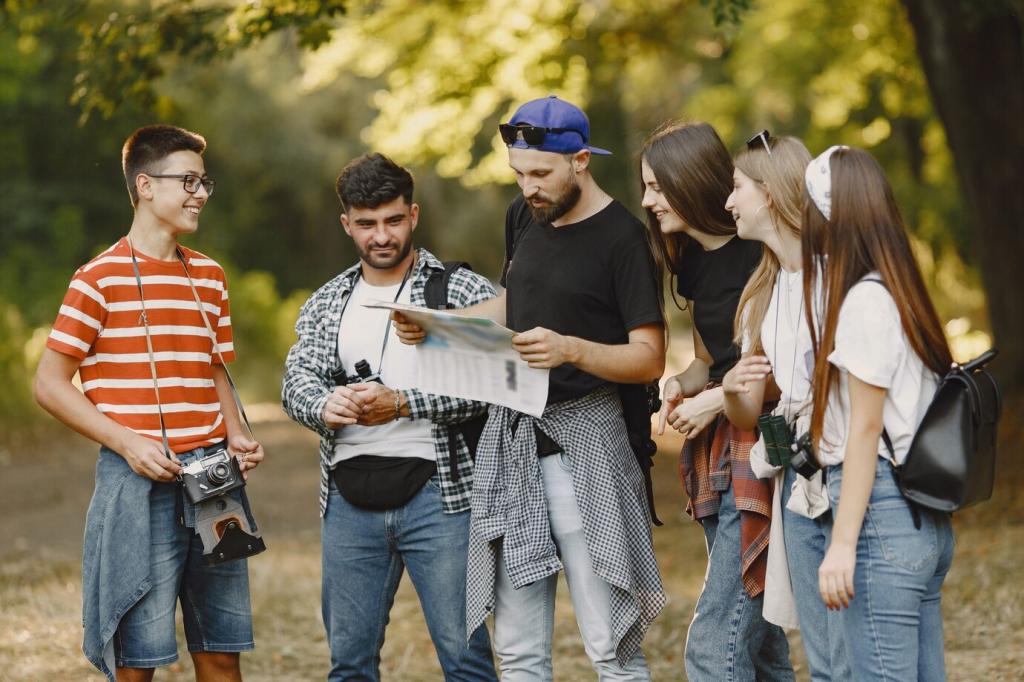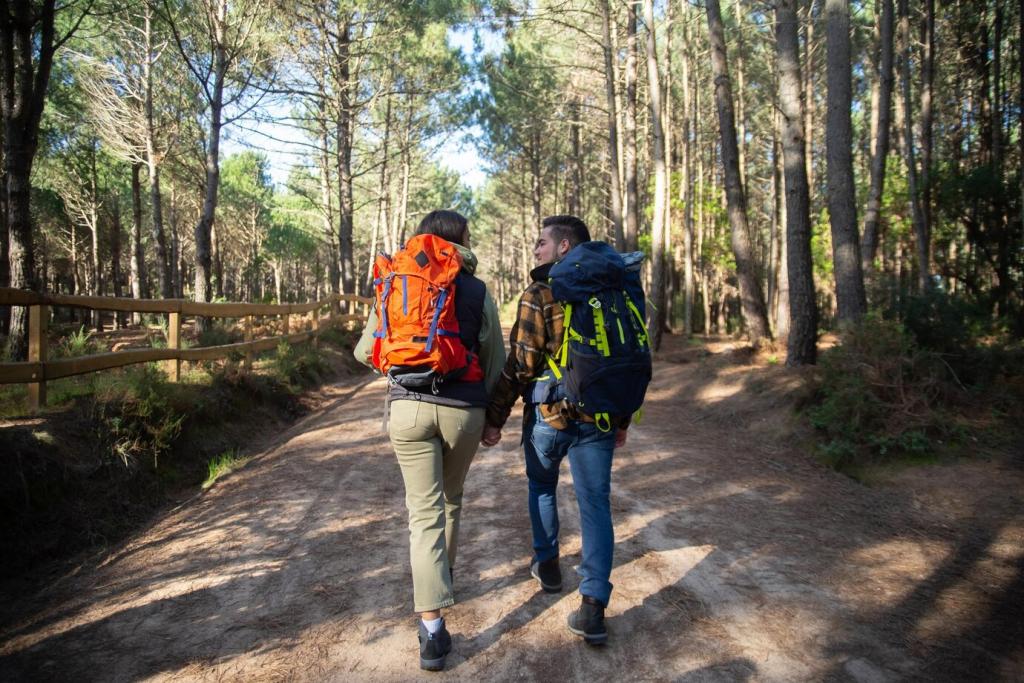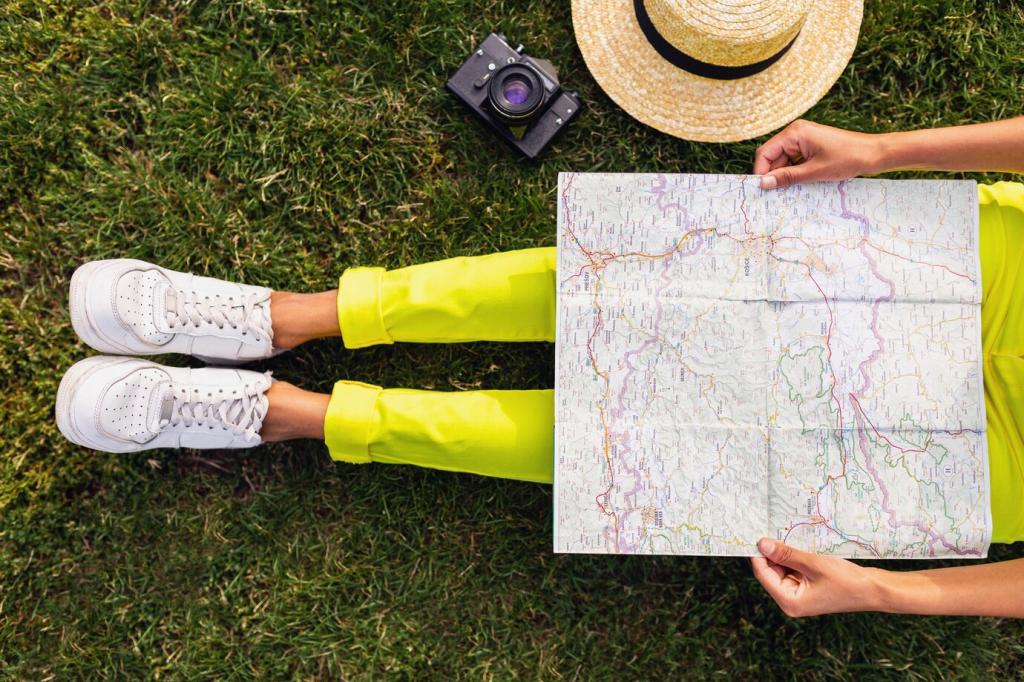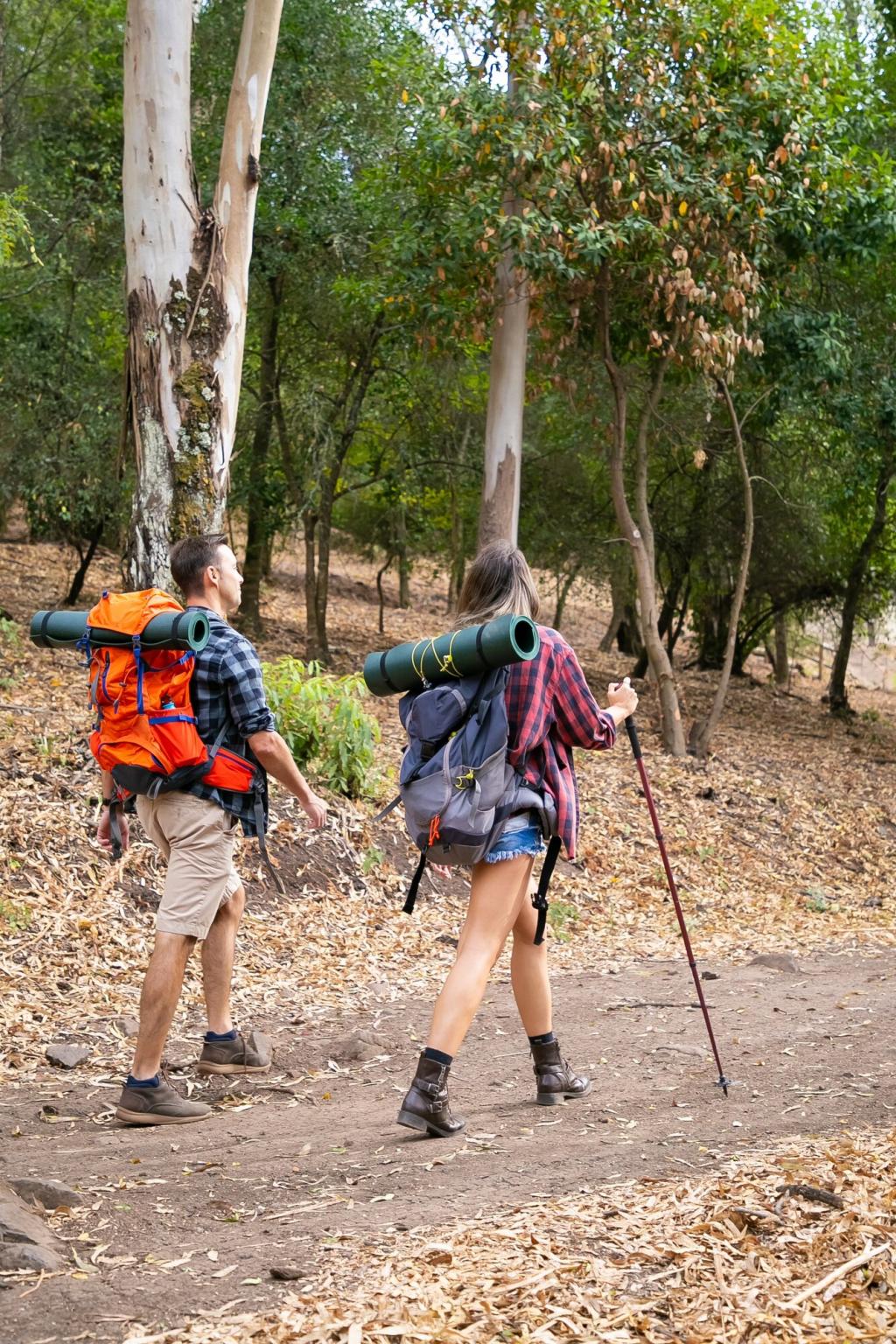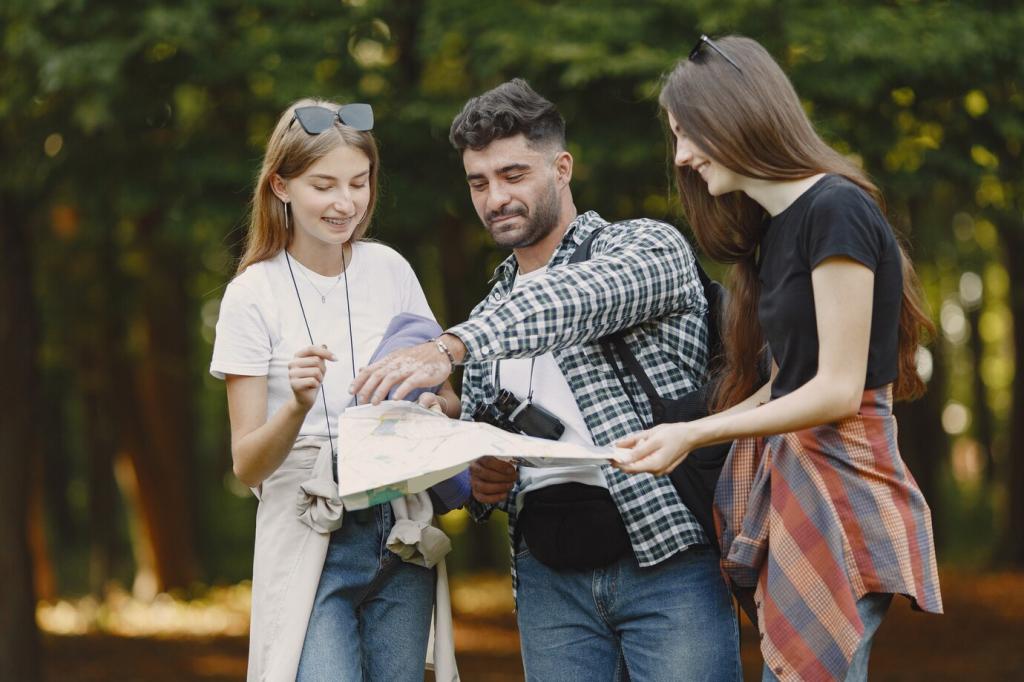Respect Wildlife and Plants: Distance, Storage, and Awareness
Use long lenses, not long strides. Give animals space to choose their path, and never feed them. A gentle retreat is wiser than a dramatic photo. In Yellowstone, a patient hiker once waved us back from a bison’s hidden calf—a small act that likely prevented a dangerous charge.
Respect Wildlife and Plants: Distance, Storage, and Awareness
Follow park rules: bear canisters, lockers, or proper hangs where allowed. Keep a clean camp and know how to use bear spray before you need it. Practice the safety clip, stance, and wind awareness. Share your food-storage setup—others will benefit from your dialed-in routine.
Respect Wildlife and Plants: Distance, Storage, and Awareness
Learn to identify local irritants like poison ivy or oak: leaves of three, let it be. Stay on trail to avoid hidden thorns and nettles. Use repellent and tick checks after hiking. Tell us your best tick-prevention tip to help newcomers stay calm and prepared in tall grass.
Respect Wildlife and Plants: Distance, Storage, and Awareness
Lorem ipsum dolor sit amet, consectetur adipiscing elit. Ut elit tellus, luctus nec ullamcorper mattis, pulvinar dapibus leo.
